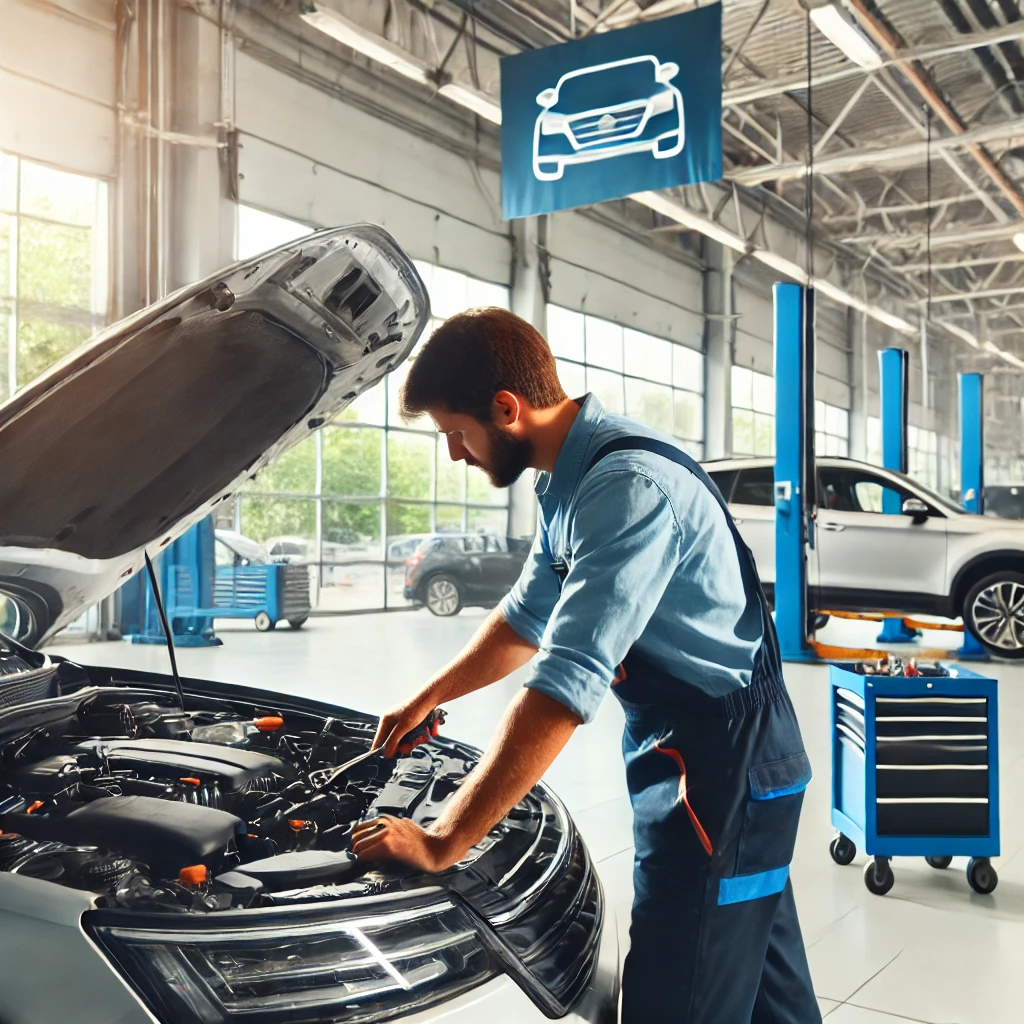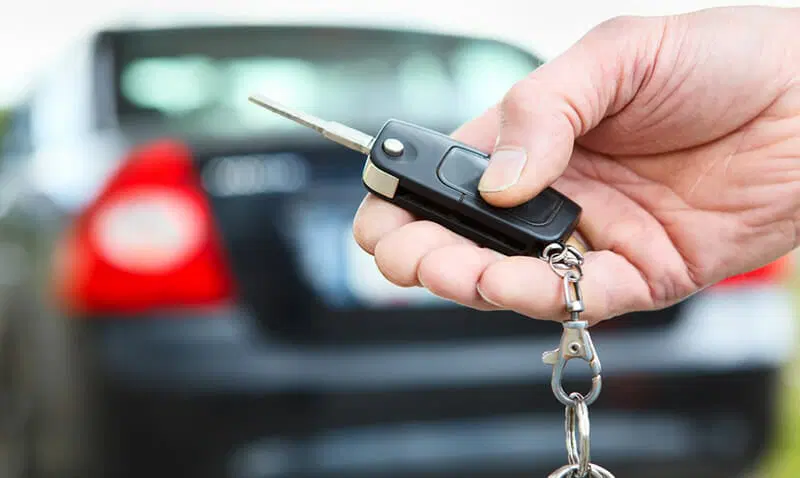When you visit a dealership for car repairs, one of the first things you might notice is how dealership labor rates can vary. While some costs may seem high, there are several reasons behind these differences. Dealerships often have to account for specific factors that influence how they set their prices, making their rates different from independent repair shops.
Understanding these factors can help car owners better navigate repair costs and even make more informed decisions about where to get their vehicle serviced. Let’s break down the seven major factors that influence dealership labor rates and explain why they tend to be different from what you might expect when comparing to the average automotive repair labor rate.
Dealership Location
Where a dealership is located plays a big role in determining its labor rates. Dealerships in urban or highly populated areas tend to charge more due to the higher cost of living. This includes things like rent for the dealership’s space, utilities, and local taxes, which are all factored into the cost you pay for labor. On the other hand, a dealership in a rural area or a small town may charge lower rates because their overhead costs are typically lower.
While location might not be something a customer can control, it’s worth knowing that dealerships in pricier areas will likely have higher labor rates. For people looking to save, it might be worth comparing rates at different dealerships in nearby towns.
Technician Skill and Training
Dealership technicians usually receive specialized training that’s specific to the brand of cars they service. This means they are often certified directly by the manufacturer to work on specific makes and models. The extra training and certification come at a cost, and dealerships pass this expense on to customers in the form of higher labor rates.
These skilled technicians are highly knowledgeable, which gives them the ability to diagnose and repair issues more accurately and efficiently. However, their specialized training is also a reason why the labor rates at dealerships are often higher than those at independent repair shops, which may not require the same level of expertise.
Quality of Tools and Equipment
Dealerships are equipped with high-quality tools and diagnostic equipment that are specifically designed for the brand of cars they service. These tools are often more advanced than what is found at independent repair shops. The cost of maintaining and upgrading this equipment is substantial, and dealerships factor these costs into their labor rates.
With top-of-the-line tools, dealerships can provide more precise repairs, but that precision comes with a higher price tag. Car owners can take comfort in knowing their vehicle is being serviced with the latest technology, but this is another reason why dealership labor rates can be significantly higher than other repair options.
Warranties and Guarantees
When you take your car to a dealership, you often receive warranties on both the parts and the labor used in your repair. These warranties provide peace of mind that if something goes wrong, the dealership will cover the costs of fixing it. However, offering these warranties also increases the dealership’s operating costs.
The safety net of a warranty is one of the key benefits of choosing a dealership for repairs, but it also means that labor rates will be higher. This is a trade-off many customers are willing to make, especially if they own a newer car that is still under warranty or if they want the reassurance that the dealership will stand by their work.
Overhead Costs
Dealerships have significant overhead costs that influence their labor rates. These costs include rent, employee wages, insurance, utilities, and the expenses involved in maintaining a large facility. Additionally, many dealerships offer amenities like customer lounges, free Wi-Fi, and complimentary shuttle services, all of which contribute to higher operating costs.
The more overhead a dealership has to cover, the higher the labor rates will be. While some customers may appreciate the extra comforts and convenience of a dealership, others may prefer to look for less expensive repair options that don’t include these extra services.
Manufacturer Parts
One of the advantages of going to a dealership for repairs is that they typically use original equipment manufacturer (OEM) parts. These parts are specifically designed for your vehicle and are often of higher quality than aftermarket parts found at independent shops. However, OEM parts are more expensive, and this affects the overall cost of repairs, including labor.
Dealership labor rates are higher partly because of the premium parts they use. While some customers might be willing to pay more for the peace of mind that comes with using OEM parts, others might not see the value in it, especially if aftermarket parts are available at a lower cost.
Dealership Reputation
Finally, the reputation of a dealership can have a direct impact on its labor rates. A well-established dealership with a strong track record for customer satisfaction and high-quality service can charge higher rates because of its reputation. Customers are often willing to pay more for a trusted name, knowing they will receive excellent service.
Reputation isn’t built overnight, and dealerships that have invested heavily in building a positive reputation often use that as justification for charging more. This is particularly true for dealerships that have a loyal customer base or specialize in luxury vehicles, where customers expect a premium experience.
FAQs
Why are dealership labor rates higher than independent shops?
Dealerships charge higher labor rates due to factors like specialized technician training, high-quality tools, and additional overhead costs that independent shops may not have.
Do dealership labor rates vary by location?
Yes, dealerships in urban areas or regions with a high cost of living tend to have higher labor rates compared to those in rural or less expensive areas.
Are dealership labor rates negotiable?
While some dealerships may be willing to negotiate on parts costs, labor rates are typically set and not easily adjusted.
What’s the difference between dealership labor rates and the average automotive repair labor rate?
Dealership labor rates tend to be higher than the average automotive repair labor rate because they include costs for certified technicians, OEM parts, and additional amenities.
Is it worth paying higher dealership labor rates?
For many, the higher cost is justified by the peace of mind provided by warranties, the use of OEM parts, and the assurance that trained specialists are working on their vehicle.
Can I use aftermarket parts at a dealership to lower costs?
Some dealerships may offer the option of using aftermarket parts, but this could affect warranties and the quality of the repair. Be sure to ask your dealership about their policies.
Conclusion
While dealership labor rates are often higher than those at independent repair shops, understanding the factors that influence these rates can help car owners make more informed decisions. Whether it’s the location of the dealership, the skill of the technicians, or the use of OEM parts, each factor plays a role in determining the final cost. When choosing between a dealership or another repair option, consider both the benefits and the costs to make the best choice for your vehicle and your wallet.




